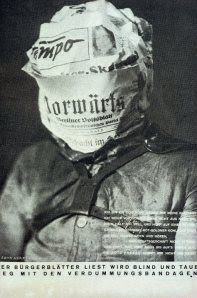For my third final piece unfortunately it did not turn out how I had hoped and imagined. There were many problems and I tried many attempts to fix them but it did not work. The video above was the best film that I managed to make. The problems that I encountered were that when the eyes were stuck on they did not stick properly, so it took many attempts until they did. When the eyes are placed on each other’s face I had also tried to stick on lips, but it did not look right. Therefore in the end I decided to just apply the eyes.
My sister and I face the camera to show that we are twins and not just one person imposed. We mirrored each other making sure that our hair and clothing was almost identical. We tried to look like a mirrored image to show how people try to conform to the same ideal image of beautiful women, potentially losing their identity. When we place the eyes on each other it is to symbolise us changing our appearance and conforming to what the media represents as ‘beautiful.’ The eyes also symbolise how women see what constitutes as ‘beauty’ differently but the media sets the standards high to what is seen as beautiful. At the end we did turn back to the camera but the eyes started to fall off so I edited it out. I decided not to make this photographic shoot into a flip book because I did not think the viewer would be able to see what we are doing as it would be too small. I am really upset it did not work out how I had hoped but I am pleased with my other two final pieces.
“In our culture individuals learn to see themselves through the eyes of the others. They discover that their image is more important than their experience or knowledge. Since the others will judge them by the products they own, by their outfits and their personality, they adopt theatrical view of their own ‘performance.’ The postmodern world pays a great deal of attention to superficial images and impressions, to such extent that the individuals become almost impossible to distinguish from their surface” – This quote really stood out to me and relates to my project that we may be judged by others because of what we look like, making some women feel the need to change their appearance.
I think for the exhibition instead of using the clip I could use a photograph instead, but this is just a thought to break up the videos.








